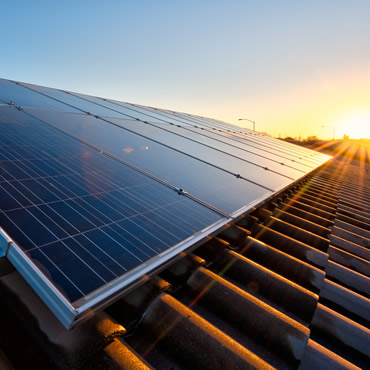Cost-Benefits Analysis of Solar Panel Energy Systems for Residential Use

In order to determine the cost-benefit ratio of solar panels for residential use, we must first understand how a utility-scale PV array works. This type of array tilts to follow the sun throughout the day to capture the sunlight. Then, we must calculate how much electricity will be produced by the array per kilowatt. In addition, we must consider the avoided fossil fuel emissions, such as CO2 and nitrogen oxides. These gases contribute to air pollution, especially those that contain PM2.5 particulate matter, which are harmful to human health.
Cost-Benefits analysis of PV-BESS integrated energy systems
A Cost-Benefits analysis of a PV-BESS integrated energy system must consider both the short and long-term benefits of this combined system. The long-term benefits include improved efficiency, reduced energy costs, and reduced carbon emissions. The short-term benefits of PV-BESS systems can be realized in several ways.
The PV-BESS system can realize energy arbitrage during operation. As shown in Fig. 4, PV generation supplies the load during daytime, while energy purchase from the utility grid is required during nighttime. The BESS then charges the electricity from the utility grid during off-peak periods and discharges it during peak periods. During the daytime, the PV-BESS system provides more energy than it consumes, reducing the overall power bill.
The optimal BESS location and PV penetration level should be determined based on the total NPV. The NPV of the PV-BESS system will be maximized if the optimal installation and operation of the BESS are undertaken. The total NPV of the PV-BESS combined energy system should be greater than the total cost of the PV-BESS system, including its capital cost, operation and maintenance, and support funds.
Cash flow of utility grid supply
In the cash flow of utility grid supply of solar panel energy systems, there are two components: the installation cost and the project balance. In the latter case, the cost of the solar panels and the batteries is higher. In the former case, the costs are lower than the latter. The latter is based on the default settings for Commercial PV Watts.
The study focuses on calculating the financial viability of grid-connected PV and wind systems. To do this, it takes into account the time value of money, the cost of the system and the expected electricity price increase. It also considers the costs associated with maintaining the system.
The seasonal variation in sunshine, temperature, and other factors affect the amount of energy transferred to the grid. This also affects the amount of electricity required for heating and cooling. Hence, the cash flow of utility grid supply for solar panel energy systems varies based on the seasons. In summer, when there is abundant sunlight and long days, on-grid solar systems tend to export more electricity than they import. In addition, most utilities permit homeowners to save the credits generated from their solar installations.
Costs of operating and maintaining a PV solar array
If you’re planning on installing a PV solar array, you’ll need to consider the ongoing costs. These costs include cleaning the panels, replacing the inverters, and batteries. Luckily, there are a number of incentives available, such as tax credits and other financial incentives. In addition to these, it’s worth contacting your utility company to see what policies they have for solar installations. They may offer financial incentives if you meet certain criteria, or they may have policies that allow you to sell excess power back into the grid.
As the demand for solar energy continues to increase, the cost of solar power has come down, making more solar projects viable. This decrease in costs has also lowered the O&M expenses for solar power systems. According to Andy Walker of the National Renewable Energy Laboratory, operating and maintaining solar arrays used to cost as much as $20 per kW per year, but the costs have dropped significantly since then.
The cost of professional maintenance varies, depending on the location of the solar panel array. Some installations are on the roof, while others are on the ground or on the side of a home. Larger, steeper rooftops require more maintenance. Moreover, larger solar arrays require more time for cleaning and inspection. Some contractors offer bundles that include cleaning and maintenance as part of the overall price.
Costs of installing a PV solar array on a residential rooftop
The cost of installing a PV solar array on s residential rooftop depends on the number of panels installed and the size of your home. Typically, a 5kW to 7kW system will cost $15,500 to $21,700. Some companies offer zero down payment options for new solar panels, and others will install solar panels for a minimal upfront cost.
The costs of solar panels depend on several factors, including the size of your home and the average cost of labor in your area. The cost of solar panels is also affected by the size of your solar array, the type of solar panels, and the wattage of your system. Depending on your situation, the cost of a PV solar array can vary widely, but a good way to estimate your costs is to compare the prices of various solar providers.
Choosing a solar company is a great way to cut your costs. You can also take advantage of federal tax credits for installing solar panels. But, be aware that many of them don’t apply to solar installations outside of a certified facility. Also, keep in mind that you should use a reputable company and choose a solar panel manufacturer with a long-standing reputation.

